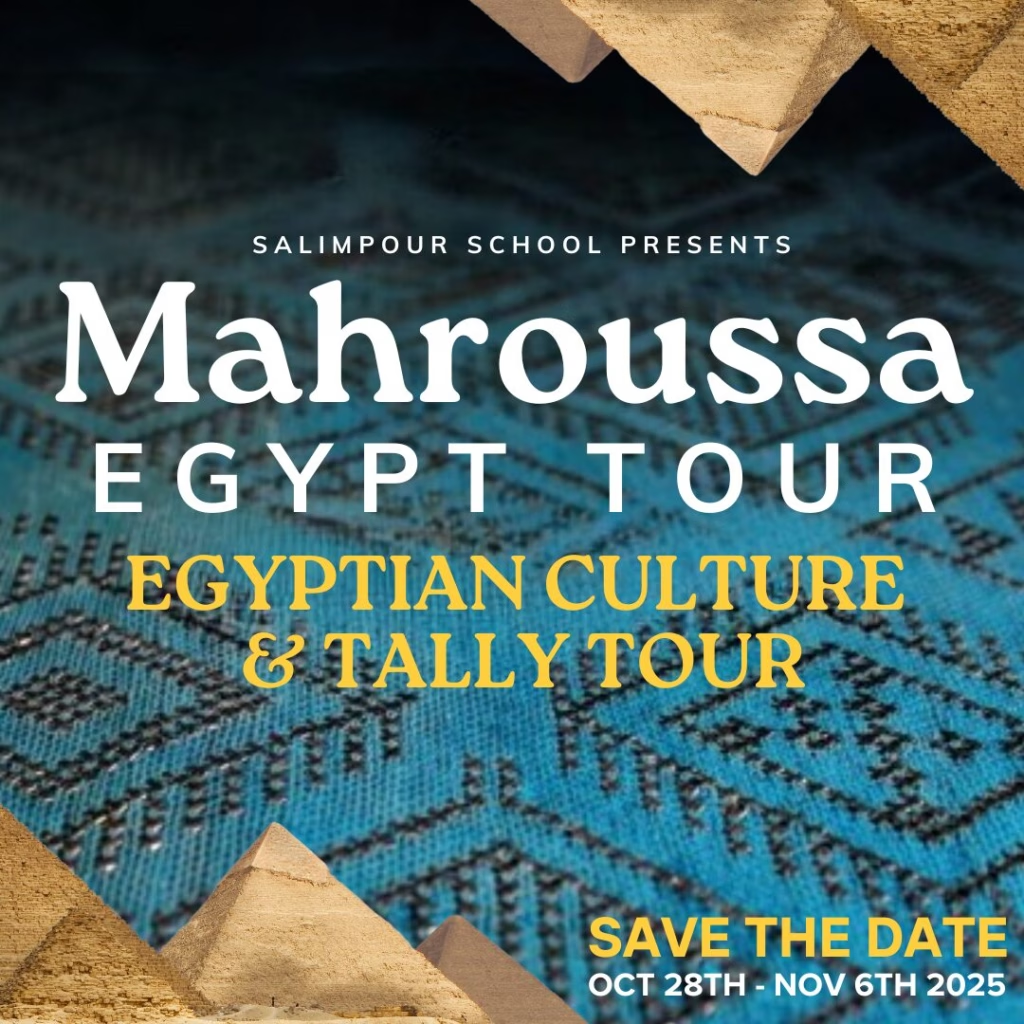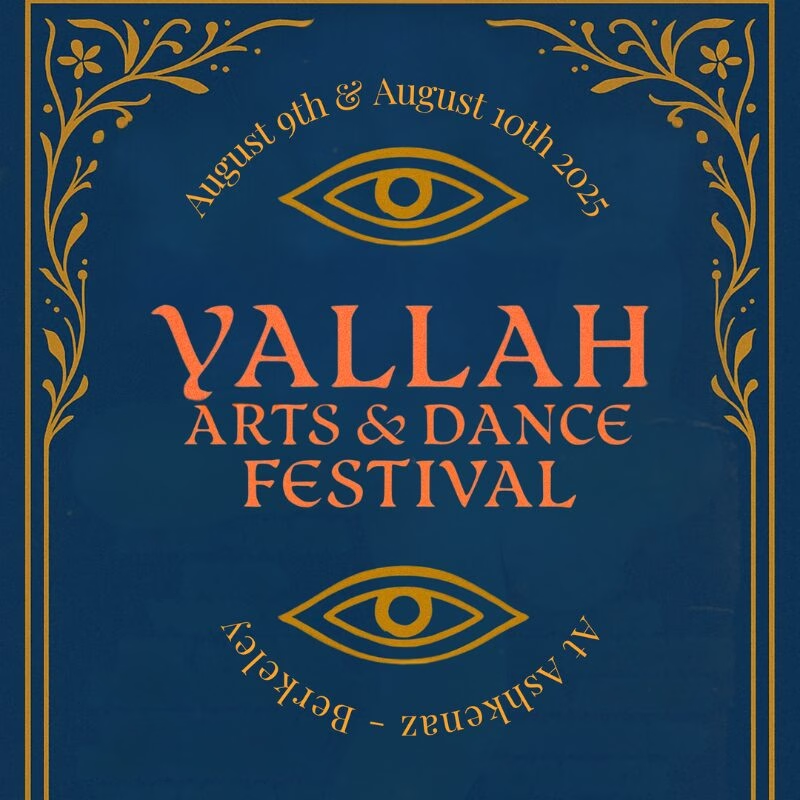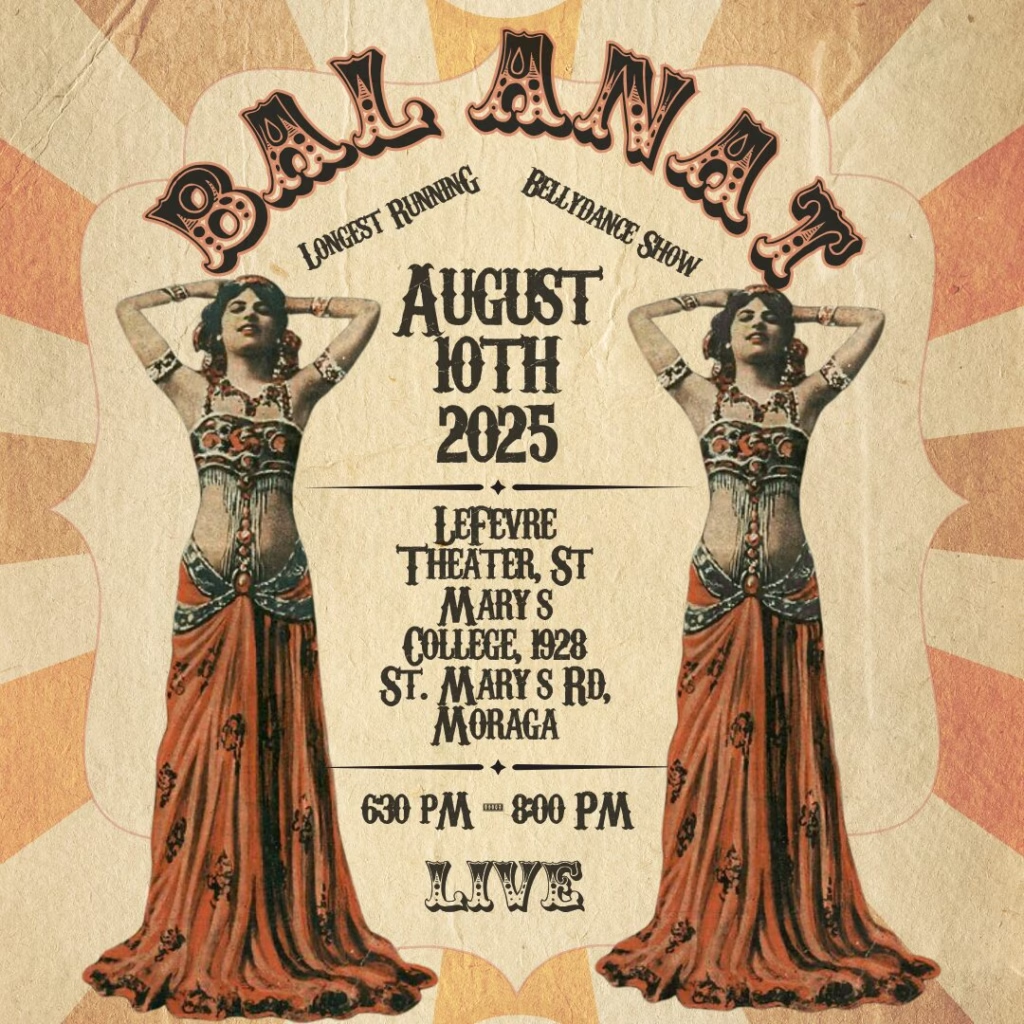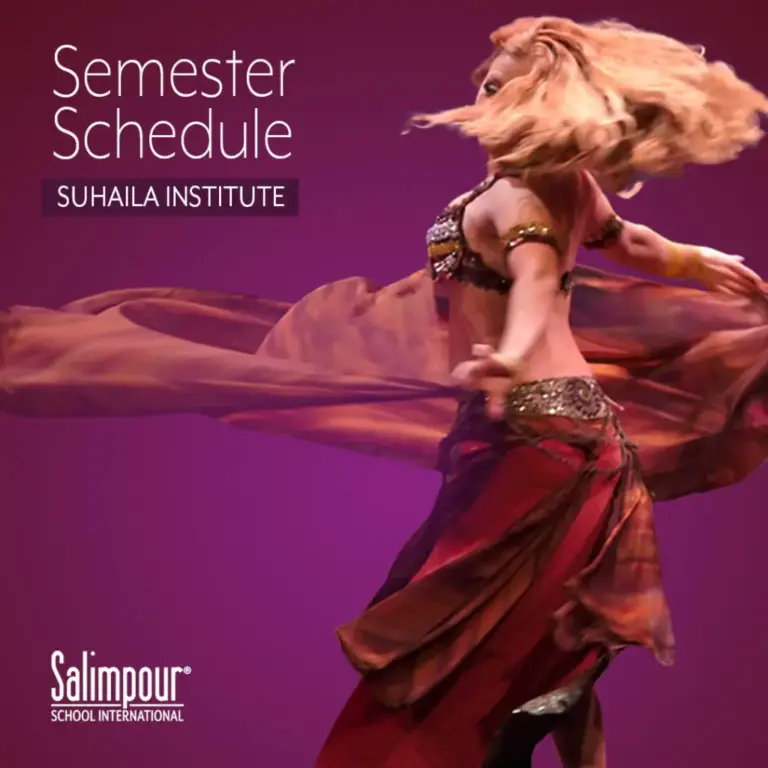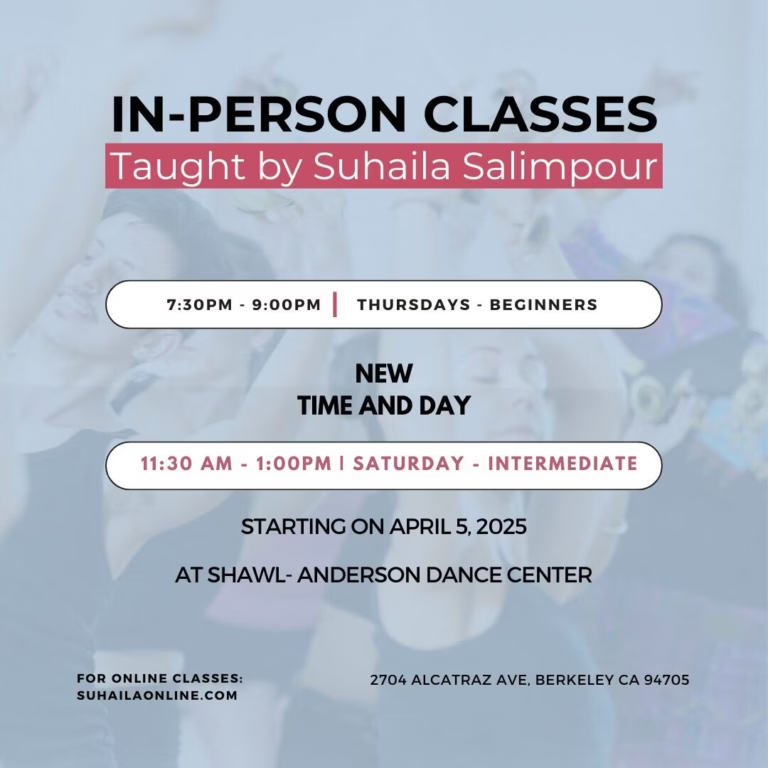Welcome to Suhaila.com
Culture, Community, & Legacy
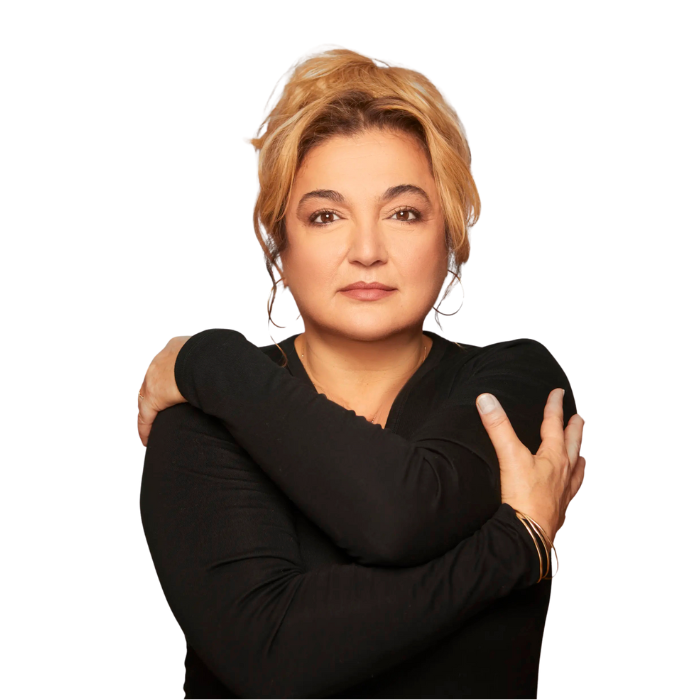

Learn Belly Dance Online
Over 800 hours available by subscription with rotation plans.
Certify in Belly Dance
Join a global community in support of the rich tradition of belly dance.
Join our community of world-wide teachers.

Pursue certification in our School through our courses where everything is handled online.
About our Director
Learn more about Suhaila Salimpour’s SWANA heritage and lifelong dedication to elevating her cultural art form.
Awards
Suhaila Salimpour makes history once again, winning the prestigious Isadora Duncan Dance Award: 2025

Suhaila is the 1st Belly dancer to receive a prestigious Gerbode Grant: 2024 Dance & Movement Awards (Special Awards in the Arts).


We are an official member of the National Dance Education Organization.

Artist's Statement
My work as a teacher, choreographer and dancer is rooted in the cultural and somatic traditions of the SWANA (Southwest Asia and North African) region. I explore identity, belonging, and the body as ancestral knowledge. My choreographic tool, The Grid, offers a framework for spatial awareness, energetic presence, and intention.
At the core of my work is the legacy of my mother, Jamila Salimpour, who created the first codified belly dance technique—the Salimpour Method. Her pioneering research framed belly dance as a serious, historical art form. Continuing her legacy is both a personal commitment and a cultural responsibility.
Through movement, I seek to reclaim erased histories and bring forward the beauty, complexity, and resilience of my people. I believe dance is a living archive—an embodied way of remembering, connecting, and transforming.
The Salimpour Experience
Everyone is invited to join this experience with me: a journey of storytelling and empowerment.
Subscribe to our newsletter
Newsletter
Signup for news and special offers!
Thank you!
You have successfully joined our subscriber list.


